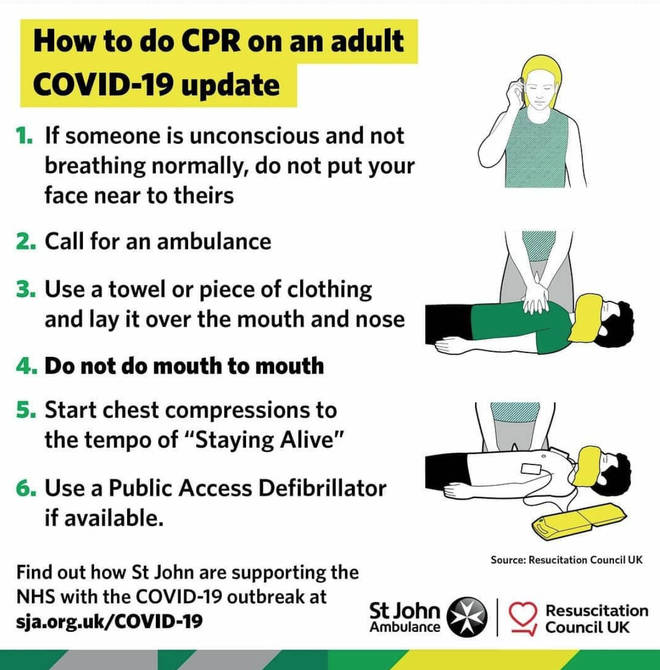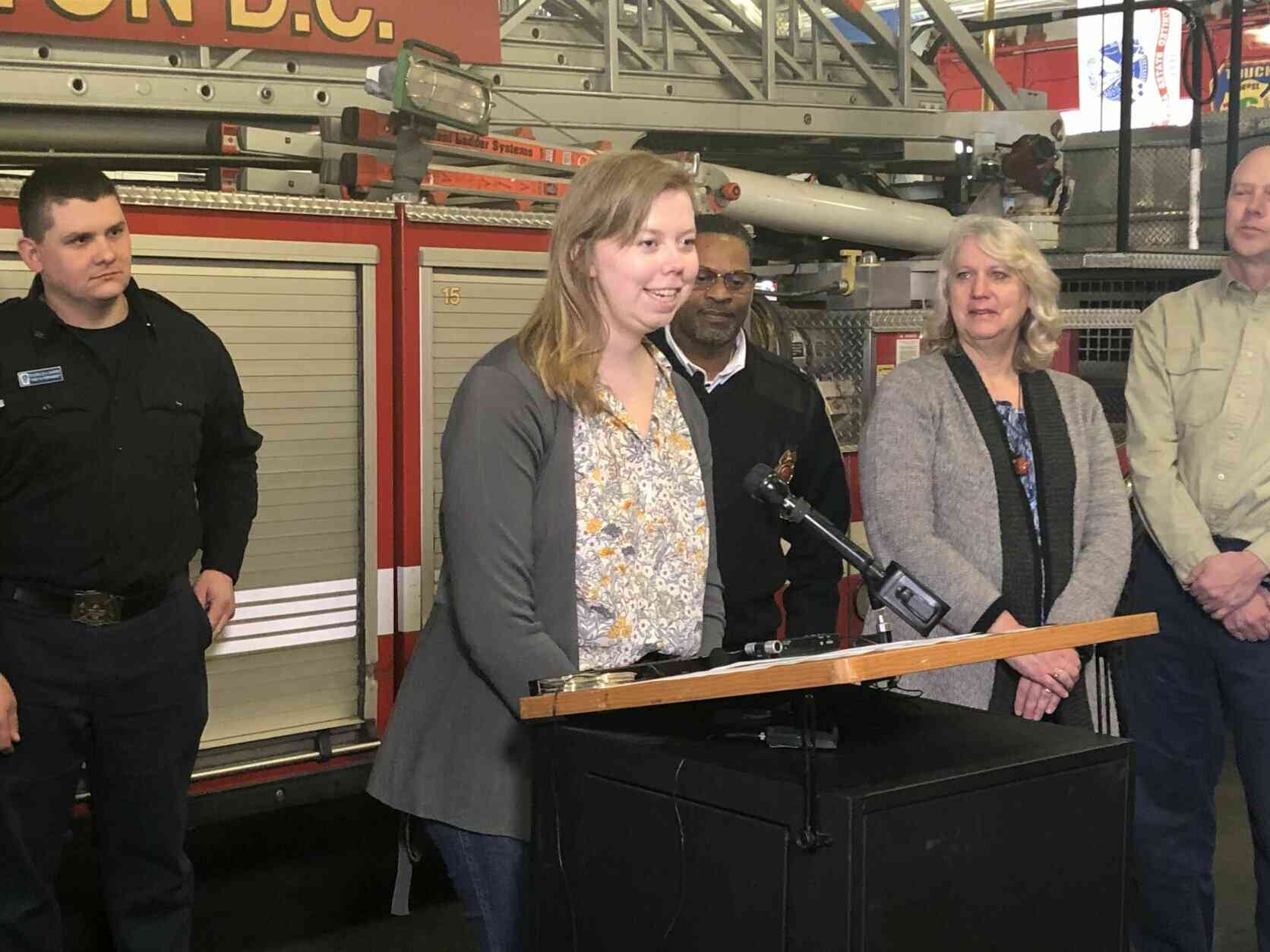Dougherty County emergency responders see near and accidental drownings involving children quite often this time of year. Sometimes three in one day. They say knowing how and when to give them CPR can shave precious minutes, and save lives.
“The quicker you can get blood circulation through an external compression, the better chance they have of survival,” said Dickie Livingston, who is the training and compliance Supervisor with Dougherty County EMS.
Just with any other procedure, there is a specific approach to address a child in distress. Learn child and infant CPR online.
“You come up on a child, say you pull them out of a swimming pool, you get them out, tap them, make sure they’re unresponsive, and you holler for help. You tell somebody to go call 911 bring an AED.”
Livingston says it’s okay to hold off on CPR until help arrives if the child starts coughing. But if he or she doesn’t, that’s when you start the chest compressions.
“You put your single hand in the middle of their chest. Upper third of the chest. Press down about two inches,” Livingston added.
You will need to compress hard and fast…at least one hundred times per minute.
“For every thirty compressions that you do, you stand and open their mouth, tilt their head back a little bit. So they don’t have any trauma, blow two breaths in their lungs,” explained Livingston. “Just enough to make the chest rise and immediately go back to chest compressions until help arrives, or until the patient becomes responsive.”
It can take between two and seven minutes for the CPR to be effective, until paramedics arrive on scene.
“And at that point, they’ll come in, they’ll start taking over, and start doing CPR, and we’ll get there, and we’ll start giving drugs and put them on the monitor and see what exactly’s going on with the heart and fix it from there,” added Livingston.
The CPR method should be the same for every child, regardless of their size and weight. It’s acceptable to use two hands, but larger adults may only have to use one.
“The biggest thing is you have to press down hard enough to mash the heart between the sternum and the spine. If it takes two hands, if you’re small, then you have to use two hands.”
Article Source: https://fox28media.com/news/local/proper-cpr-makes-life-and-death-difference-in-accidental-child-drownings



